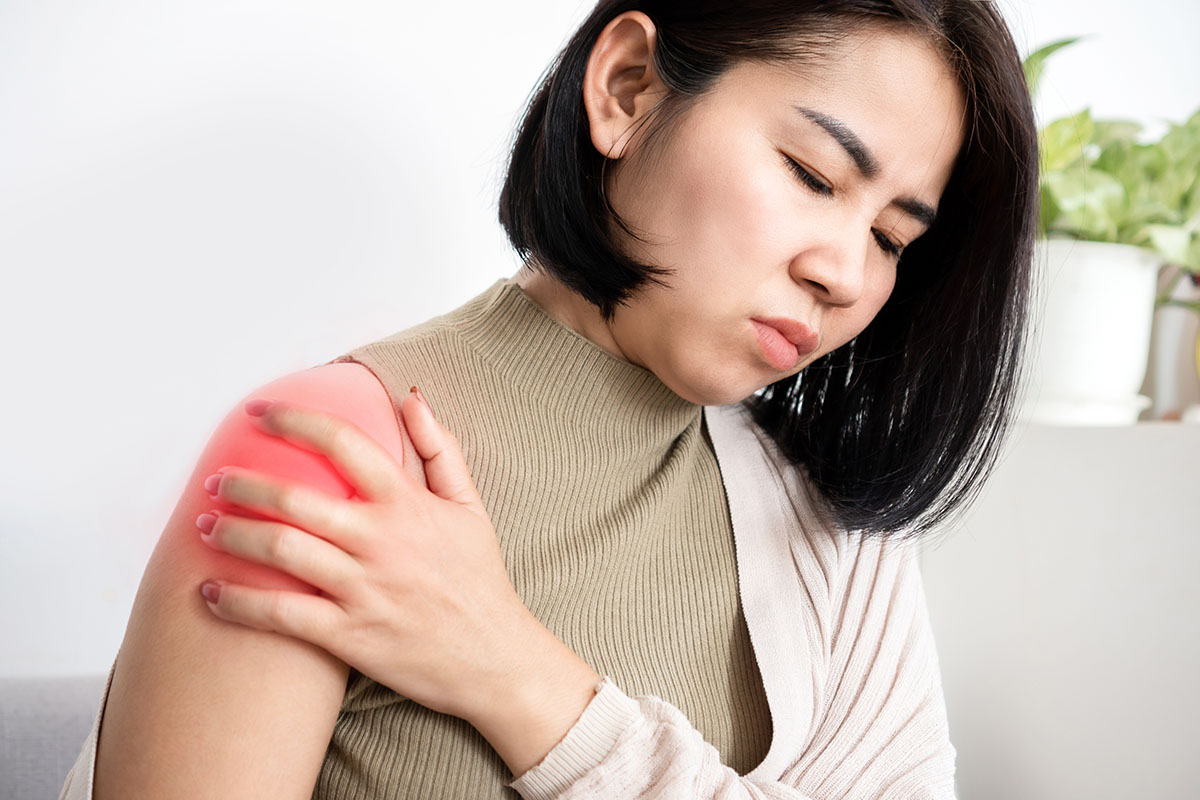
Reduce Your Risk of Falling by Taking Care of Your Bones
- Posted on:
- Posted in: Health
Reduce Your Risk of Falling by Taking Care of Your Bones
Did you know humans are born with 300 bones? WOW! By adulthood, this number decreases to 206 because many bones fuse together as we age. These 206 bones create our skeletal structure, protect our vital organs, anchor our muscles and store valuable calcium. As children, we are taught the importance of building strong, healthy bones. Unfortunately, as we age, many of us forget the importance of maintaining our bone health. The need for dietary calcium, Vitamin D and exercise to maintain healthy bones doesn’t decrease as we get older, it increases. Sadly, every year, poor bone health is a contributing factor to the #1 leading cause of fatal and non-fatal injuries to adults age 65 and older: falls.
According to the Centers for Disease Control and Prevention (CDC), 1 out of 3 adults age 65 and older fall each year. These falls account for more than 90% of hip fractures, three-quarters of which occur in women. Other common injuries sustained during a fall include: head injuries, and fractures to the shoulder, forearm, ankle, spine and pelvis. Many of these injuries are life-threatening, but all of them are preventable.
How to Maintain Healthy Bones
The aging process affects everyone differently. Typically, all adults eventually experience changes in eyesight, balance, strength and reaction time. Keeping these factors in mind, there are many things we can do to stay as healthy as possible and maintain our bone health…
Diet: A poor diet lacking in calcium and Vitamin D contributes to diminished bone density and increased risk of fracture due to a fall or other injury. Supplement your diet with foods like dairy products, almonds, broccoli, salmon and tofu to get the calcium your body needs. Your body also needs vitamin D to absorb the calcium in your foods and supplements. Some great sources of vitamin D include: oily fish, eggs and milk. Also, don’t forget to drink water.
Physical Activity: Exercise such as walking, jogging, tennis, hiking, dancing and stair climbing will aid strength, agility, slow bone loss and help maintain healthy bones. Without physical activity, we begin to lose balance and experience decreased coordination. Maintaining a healthy weight is vital for your bone health and overall wellbeing. Talk to your doctor if you have questions about the ideal weight for your body type and how to reach your weight loss/gain goals.
Lifestyle Choices: Tobacco use contributes to bone weakness and bone loss. Excessive alcohol use increases your risk of osteoporosis because alcohol can interfere with the body’s ability to absorb calcium.
If you have dietary restrictions which prevent you from eating calcium rich foods, talk with your doctor about which vitamin supplement is best for you.
Modify your living space to decrease the chance of falls. Make sure your furniture is arranged so you have a clear path between rooms. Ensure you have non-slip mats under all rugs and mats. Remove clutter from floors and avoid storing boxes in hallways or near doorways.
You’ve Fallen—Now what?
Of course, accidents happen! Even the healthiest person can misstep and take a fall. If a fall has resulted in an immediate injury or life-threatening condition, please dial 911 for assistance. For follow-up treatment of fall-related musculoskeletal injuries, please feel free to call us at 253-582-7257 to make an appointment; we look forward to speaking with you.
Source: AAOS OrthoInfo. (Last reviewed Oct. 2012) “Guidelines for Preventing Falls.” Retrieved from URL: http://orthoinfo.aaos.org/topic.cfm?topic=A00135
This article was written by Leslie Kelling
SHARE


